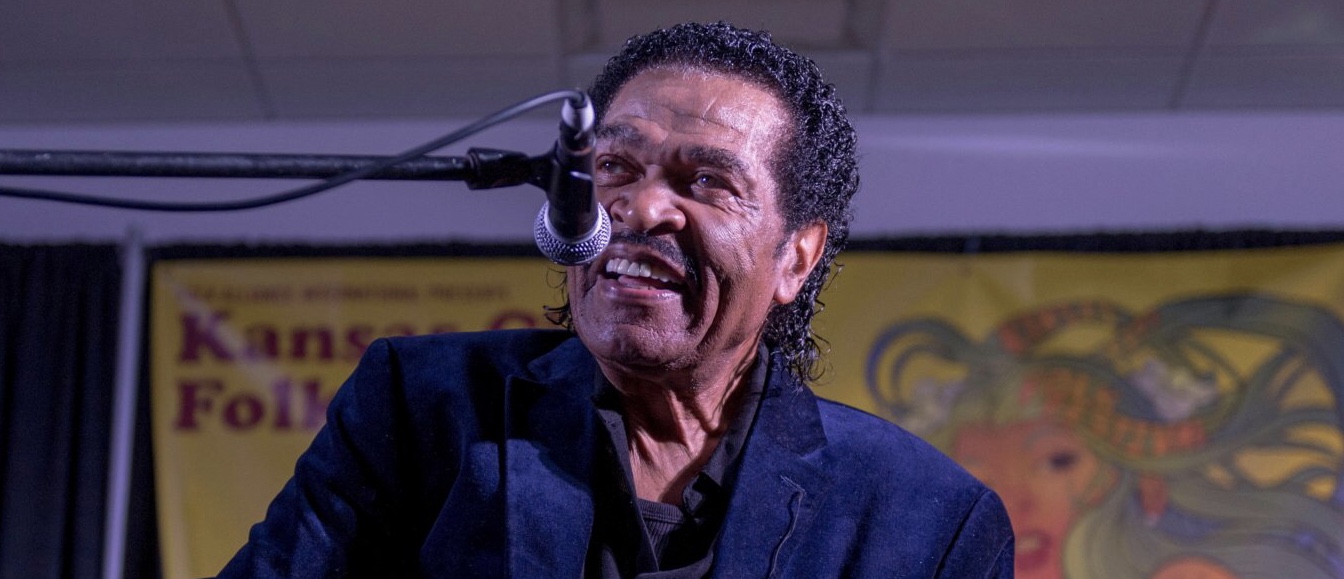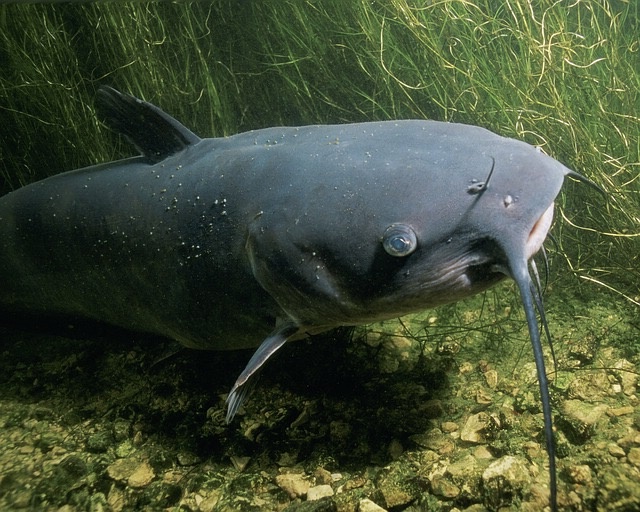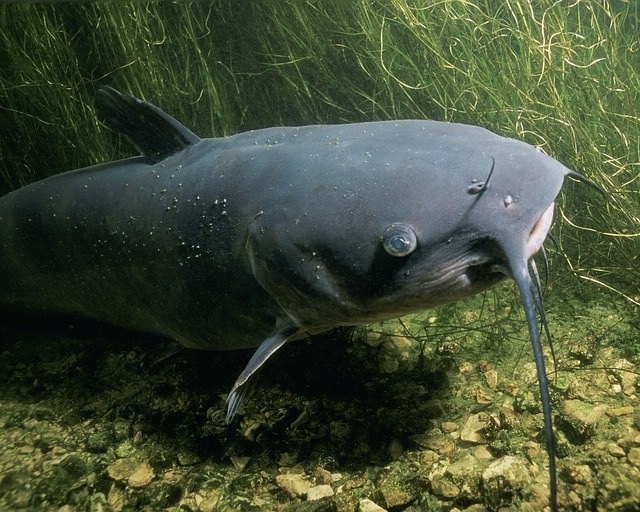Animation using the stop-motion technique will be this Saturday’s Family Funday activity at the Arts and Science Center of Southeast Arkansas. Participants will re-create the story of Jack and the Beanstalk in animated form. Event details are below, followed by more information on stop motion.
January 14, 2017 (Second Saturday), from 1:00 to 3:00 p.m.
Arts & Science Center for Southeast Arkansas (870-536-3375)
701 S. Main Street, Pine Bluff, AR 71601
Stop-motion animation relies on a sequence of images of an object that has a slightly different position in each image. The effect of a movie comes from the rapid display of the sequence, these days with the use of software or even a computer-connected camera display. The object(s) may be a drawing on each of many pieces of paper, with each piece showing the slightly different position of the object(s) drawn; or it could be an object that has movable parts (e.g., a doll) or malleable properties (e.g., a clay figure).
Many historical accounts trace the first stop-motion movie to the work of Albert E. Smith and J. Stuart Blackdon in the 1898 Humpty Dumpty Circus (Vitagraph Studios) using Mr. Smith’s daughter’s toy circus. While true, however, the early history of the technique predates that by decades with Joseph Pateau’s 1832 invention of the phenakistoscope (with a spinning cardboard disk) and then William George Horner’s 1834 invention of the zoetrope (with a rotating drum). The leap to movies came with Émile Reynaud’s 1876 adaptation that projected images for theater use. Then came the 1898 circus movie, and the rest is history (literally).
Over all this time, the basic premise of shot-by-shot re-positioning has been the same, with artistic talent playing center stage regardless of technique. Animated shows and movies have art and animation departments as well as directors, producers, and voice actors. Byron Vaughns, a former Pine Bluff resident and graduate of the University of Arkansas at Pine Bluff (UAPB) has extensive experience in all of these areas, including his Emmy-winning direction of Steven Spielberg Presents: Tiny Toon Adventures (Cunningham, Jr., and Cunningham, 2015). In addition to Vaughns’ education and knowledge of television and film, his artistic skills and training prepared him for this career.
While artistic talent has always been a necessary ingredient, the variety of techniques and materials has increased dramatically over the last few decades: legos, dolls and action figures, an abundance of felt (and colors), and clay options. Animation with legos is often called brickfilms. One special case of stop-motion is clay animation or clay-mation. This technique specifically uses plasticine to make the figures. Plasticine, a trademark of Flair Leisure Products, molds well but does not dry easily. An excellent example of clay-mation can be found in Nick Park’s Wallace and Gromit: the Curse of the Were-Rabbit (2005, Aardman Animations and DreamWorks, directed by Nick Park and Steve Box), a labor of love that took 18 months for a team of 25 to 30 full-time animators on 25 simultaneous sets with as many as 300 camera crew to make. Chicken Run (2000, Aardman Animations, directed by Peter Lord and Nick Park) is another example of clay-mation designed and led by Park.
Needless to say, for large-scale projects, developments in cameras and computer software have eased the burden of capturing and editing the images and have increased the smoothness of the rapid, sequential display. Even small-scale projects benefit from cameras that are used to take pictures even when sketches are the objects. However, the animation is stop motion only if the software is used to show the images one by one (no matter how rapidly). This of course would involve software designed to display images or photos, basically. If the animator uses computer graphics software for computer generated imagery (CGI), then this is a different genre of animation, not stop-motion. Shrek (2001, Dreamworks, directed by Andrew Adamson and Vicky Jenson) would be one of many examples of CGI.
This Saturday, though, the Arts and Science Center will have participants use materials to create a stop-motion version of Jack and the Bean Stalk. They may not have 25 sets with hundreds of professionals and cameras that out-price most homes, but they surely will have a magical experience.
On the second Saturday of each month, barring major holidays or inclement weather, the Arts and Science Center of Southeast Arkansas offers hands-on experience in the arts, science projects, or performing arts (dance, music, or theater).
Sources
Aardman Animations. (2000). Movie jacket of Chicken Run
Aardman Animations and DreamWorks. (2005). Movie jacket of Wallace and Gromit: the Curse of the Were-Rabbit
Arts and Science Center of Southeast Arkansas’ website and facebook page, both accessed on January 9, 2017
Coker Quintus, Dillon. (2008 to Present). Personal communications with this movie buff extraordinaire and budding filmmaker
Cunningham, Jimmy C., Jr., and Donna Cunningham. (2015). Delta Music and Film: Jefferson County and the Lowlands. Arcadia Publishing, Mt. Pleasant, SC
DreamWorks. (2001). Movie jacket of Shrek
Garrahan, Matthew. (2009). Lunch with FT: John Lasseter. Posted on Slow Movement. http://chutzpah.typepad.com/slow_movement/2009/01/page/2/
Kehr, Dave. (2010). Animation: Motion Picture. Encyclopedia Britannica. https://www.britannica.com/art/animation
Park, Nick, as Interviewed by Kate Abbott of The Guardian. (2014). How We Made Wallace and Gromit. The Guardian, Arts/TV and Radio, March 3, 2014. https://www.theguardian.com/tv-and-radio/2014/mar/03/how-we-made-wallace-and-gromit







